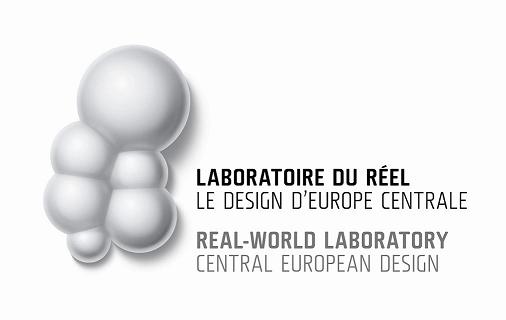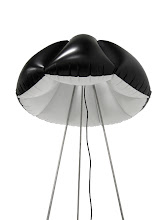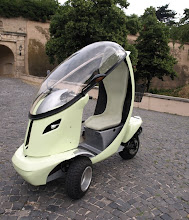Design in Slovakia has gone through some strenuous development over the last eighteen years. The new socio‑political situation in 1989 spurred radical changes. The industry structure has changed: some older factories have merged into foreign concerns, and no longer participate in the development of their own products; others simply shut down. The new companies established were small at first; middle‑sized businesses, previously non‑existent in Slovakia, today comprise 90% of the industrial structure. In these circumstances, it was difficult for designers to get jobs in ordinary serial industry production, and many focused on limited‑series production, often involving handwork. In the fields of furniture, home accessories, wooden toys or fashion, a number of designers also served as producers and sale managers.
Design has been applied in the production of ultralight planes, as well as in outdoor sports equipment and electrical heaters. There are a number of extraordinary Slovak designers working in the design studios of the world’s top car manufacturers. The new economic conditions have led to a graphic design boom, in advertising and electronic media.
In this period it was important to stress the role of design in industry, and in 1991 the Ministry of Culture established the Slovak Design Centre, which organizes design competitions, awards design prizes for the best products and publishes a design magazine: “Designum.” The development of Slovak design in recent years has brought both hope and disappointment. Its real economic and cultural implications allow us to be optimistic.















No comments:
Post a Comment